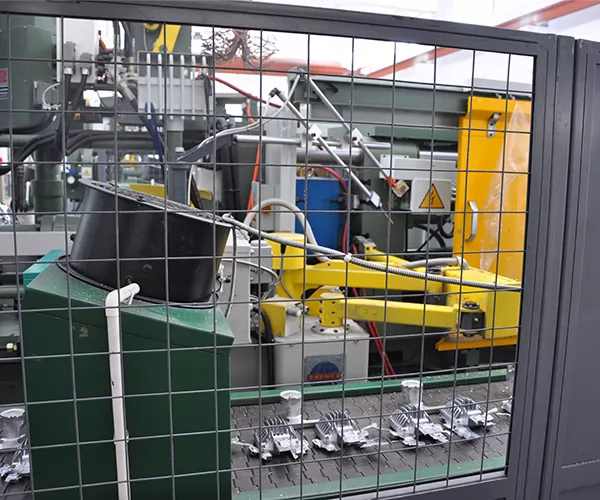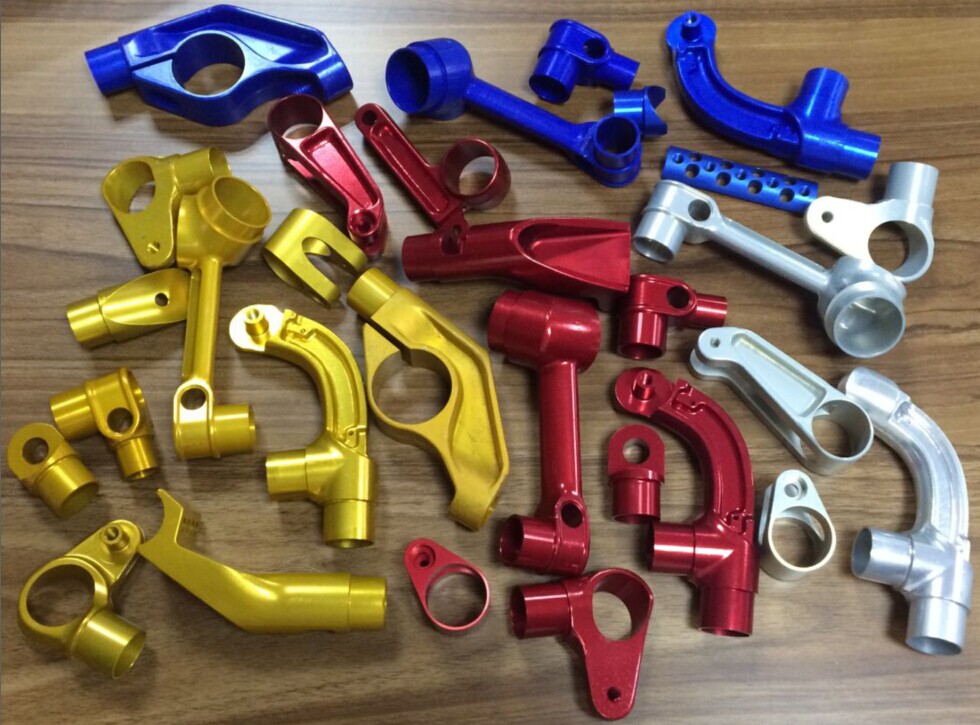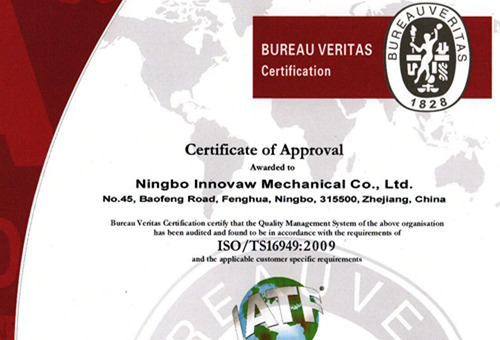In the metal forging process, thermal and mechanical energy – in the form of heat, and compressive and percussive force, respectively – is applied to a piece of metal, generally an ingot or billet.
Metal forging, among the oldest metalworking processes, can be performed cold (at or near room temperature), warm, or hot, though warm and hot metal forging are much more common. At its simplest, metal forging involves a blacksmith using a hammer and anvil to form parts. On a modern industrial scale, metal forging is performed with heavy hammering machinery that compresses heated metal directly into part dies.
Die Casting vs Metal Forging
Though they both require heating of metal and molding devices referred to as dies, the die casting process differs greatly from the metal forging process.
In metal forging, work material is heated, often to very high temperatures, but remains solid; in die casting, metal is heated until it is molten metal. In metal forging, physical force pushes the solid metal into an open die to shape it; in die casting, pneumatic or hydraulic pressure is used to force molten metal into a fully enclosed die.
Metal forging offers some benefits. Results of heating and physical deformation, the recrystallization of the metal at an atomic level and grain refinement add strength to forged parts –they are denser and mechanically stronger, and therefore able to handle impact force and wear very well. The process also leads to a drastically reduced occurrence of porosity and cavity defects.
Die casting carries many benefits of its own over metal forging. Die casting has a wide range of alloys for aluminum, magnesium, zinc and copper. Forgings can be made from iron, steel and titanium that are not possible in die casting due to melt temperatures. Die casting tooling is generally less expensive than forge dies, as they’re required to withstand much lower forces during manufacture. Die casting can better accommodate parts with more complex shapes and geometries. Die cast parts can also be much more refined and defined than forged parts, and can be produced at faster speeds and greater volumes.








.png)


.png) +86-574-83036520
+86-574-83036520 +86-574-83008051
+86-574-83008051 sales@innovaw.com
sales@innovaw.com

.png)

.png)
.png)
.png)

.png)
.png)
.png)









.png)
